Yijie Yang
PolyCL: Contrastive Learning for Polymer Representation Learning via Explicit and Implicit Augmentations
Aug 14, 2024



Abstract:Polymers play a crucial role in a wide array of applications due to their diverse and tunable properties. Establishing the relationship between polymer representations and their properties is crucial to the computational design and screening of potential polymers via machine learning. The quality of the representation significantly influences the effectiveness of these computational methods. Here, we present a self-supervised contrastive learning paradigm, PolyCL, for learning high-quality polymer representation without the need for labels. Our model combines explicit and implicit augmentation strategies for improved learning performance. The results demonstrate that our model achieves either better, or highly competitive, performances on transfer learning tasks as a feature extractor without an overcomplicated training strategy or hyperparameter optimisation. Further enhancing the efficacy of our model, we conducted extensive analyses on various augmentation combinations used in contrastive learning. This led to identifying the most effective combination to maximise PolyCL's performance.
Expressive Keypoints for Skeleton-based Action Recognition via Skeleton Transformation
Jun 26, 2024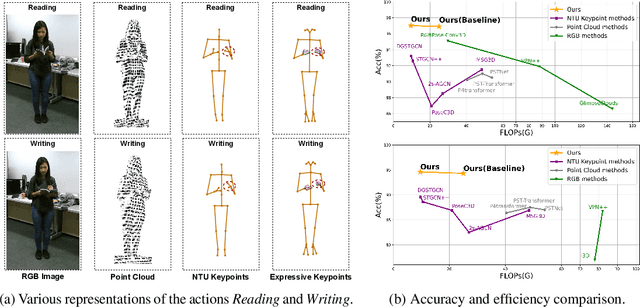

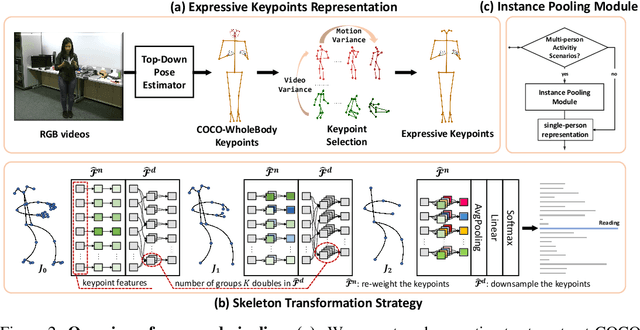

Abstract:In the realm of skeleton-based action recognition, the traditional methods which rely on coarse body keypoints fall short of capturing subtle human actions. In this work, we propose Expressive Keypoints that incorporates hand and foot details to form a fine-grained skeletal representation, improving the discriminative ability for existing models in discerning intricate actions. To efficiently model Expressive Keypoints, the Skeleton Transformation strategy is presented to gradually downsample the keypoints and prioritize prominent joints by allocating the importance weights. Additionally, a plug-and-play Instance Pooling module is exploited to extend our approach to multi-person scenarios without surging computation costs. Extensive experimental results over seven datasets present the superiority of our method compared to the state-of-the-art for skeleton-based human action recognition. Code is available at https://github.com/YijieYang23/SkeleT-GCN.
Low-resolution Prior Equilibrium Network for CT Reconstruction
Jan 28, 2024Abstract:The unrolling method has been investigated for learning variational models in X-ray computed tomography. However, it has been observed that directly unrolling the regularization model through gradient descent does not produce satisfactory results. In this paper, we present a novel deep learning-based CT reconstruction model, where the low-resolution image is introduced to obtain an effective regularization term for improving the network`s robustness. Our approach involves constructing the backbone network architecture by algorithm unrolling that is realized using the deep equilibrium architecture. We theoretically discuss the convergence of the proposed low-resolution prior equilibrium model and provide the conditions to guarantee convergence. Experimental results on both sparse-view and limited-angle reconstruction problems are provided, demonstrating that our end-to-end low-resolution prior equilibrium model outperforms other state-of-the-art methods in terms of noise reduction, contrast-to-noise ratio, and preservation of edge details.
A General Data Renewal Model for Prediction Algorithms in Industrial Data Analytics
Aug 22, 2019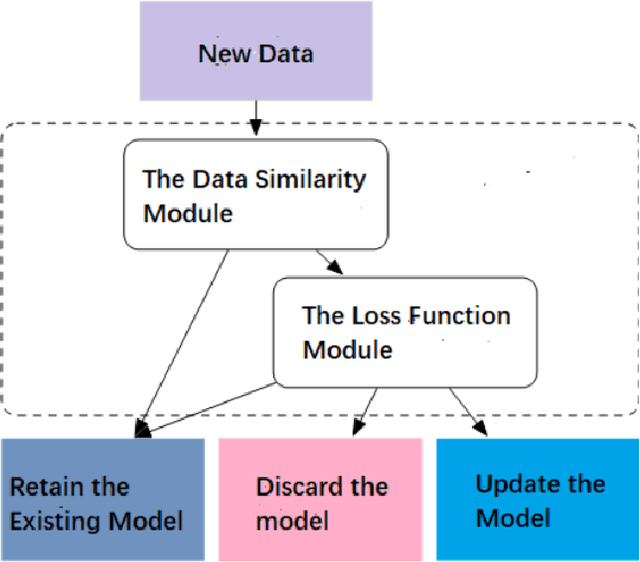
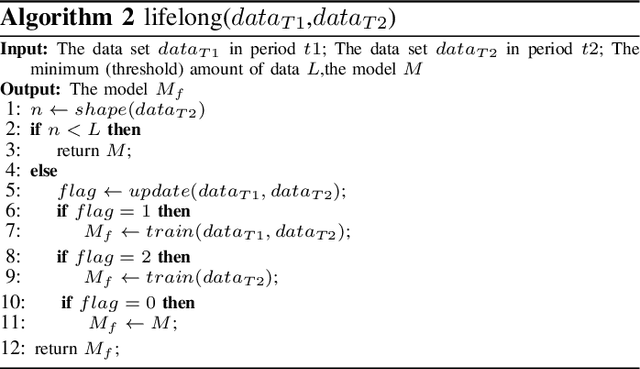
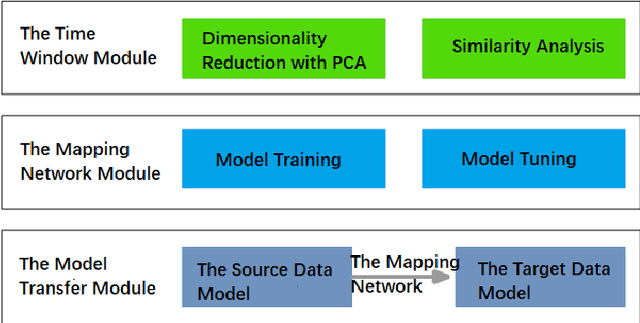
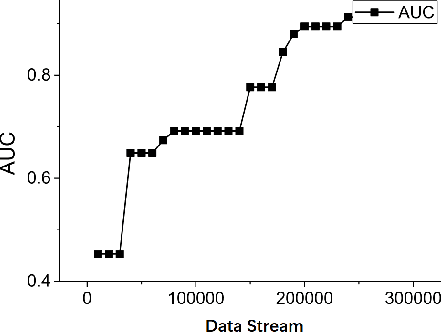
Abstract:In industrial data analytics, one of the fundamental problems is to utilize the temporal correlation of the industrial data to make timely predictions in the production process, such as fault prediction and yield prediction. However, the traditional prediction models are fixed while the conditions of the machines change over time, thus making the errors of predictions increase with the lapse of time. In this paper, we propose a general data renewal model to deal with it. Combined with the similarity function and the loss function, it estimates the time of updating the existing prediction model, then updates it according to the evaluation function iteratively and adaptively. We have applied the data renewal model to two prediction algorithms. The experiments demonstrate that the data renewal model can effectively identify the changes of data, update and optimize the prediction model so as to improve the accuracy of prediction.
 Add to Chrome
Add to Chrome Add to Firefox
Add to Firefox Add to Edge
Add to Edge